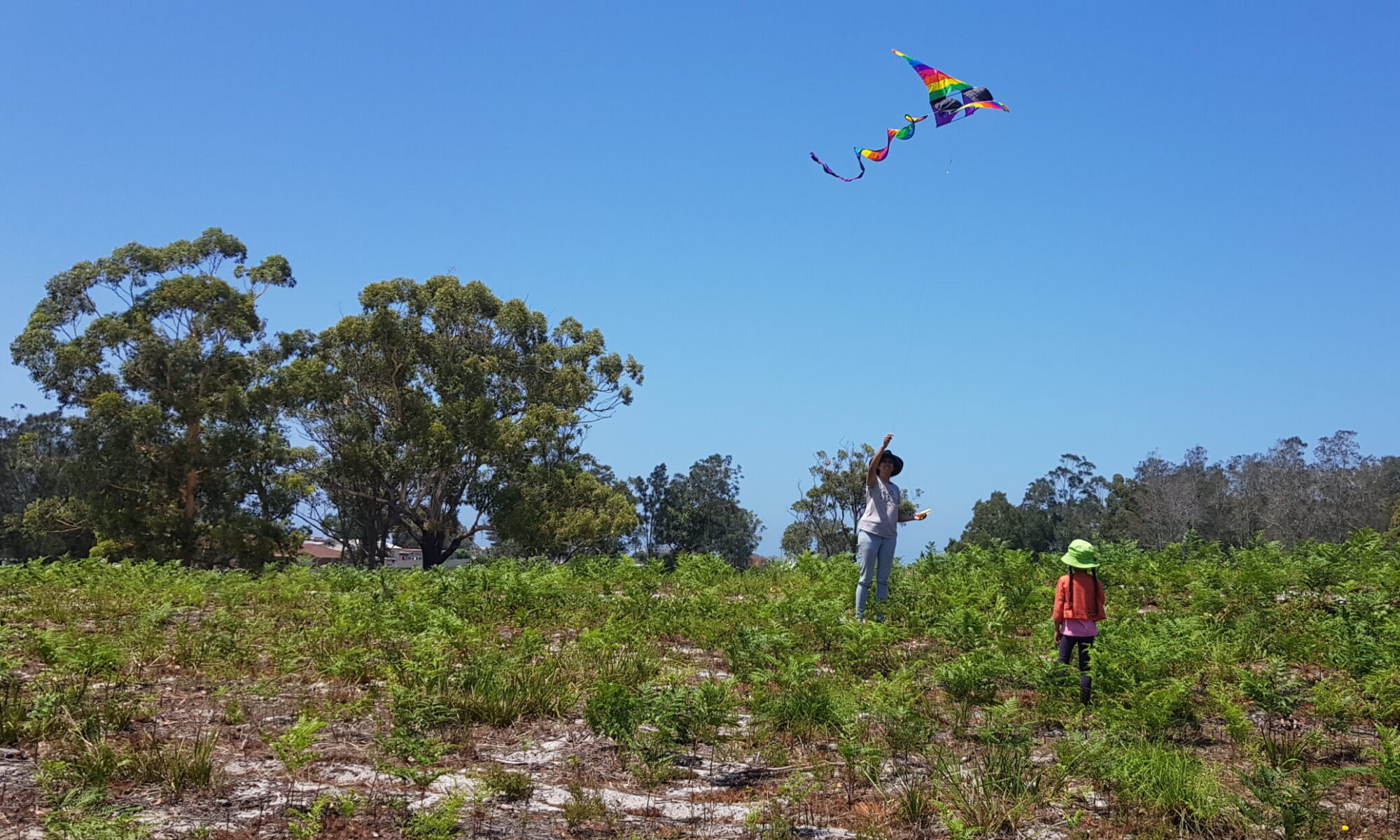Thermal Energy Storage – TES. Sand is cheap, readily available and can be used to store thermal energy at much higher temperatures upto 1000°c, compared to water limited at 100°c turning to steam. With sand slowly releasing that heat, as a thermal mass.
Once a proven sand battery is achieved, this may later be substituted by salt, a more efficient but costly storage medium. Wax may also offer a better storage medium, or perhaps a sand + wax medium.
Concept
A steel drum or similar, filled with sand and pipework for heat exchange. Encased in fireproof heavy insulation and heated by
either or even fire.
Heating options for integrating
- Solar sunlight through glazing, and/or solar lens focus point to melt in sand.
- solar panel with heating element
- Rocket Batch stove system with a Sand Battery,
- hydrogen, from solar powered electrolisis of water, burns very hot.
…may result in using less human effort, less fuel/firewood, extended heat production and ideally overnight heat storage and slow thermal release. Alternatively
PoC
Examples on a small scale large cooking pot saw a solar powered hot water module @ 60volts 4amps, (240 watts), heating/storage of <40°c top surface temperature released over 4 hrs. With internal temperatures of 150°c.
Ref: https://youtu.be/sURBoBqwhT4
A larger cooking pot sand battery achieved temperatures at base of 90°c, centre of 260°c, top surface of 50°c and sides of 30°c within 5hrs by solar panels powering a stove element. Dissapating it’s heat over 4 hrs. Essentially heat energy input over time, is what you get output over similar time, with some loss of both heat and it’s release time duration. So it’s a way of storing heat for slightly delayed use.
Ref: https://youtu.be/Y0QFzQ-Znwk
A more extensive build-up
Fire source sand battery, offering 7 hrs room heating. Larger size using a old propane tanks. https://youtu.be/EDD5fw7B0sY
Usage:
- House heating,
- underfloor hydronic heating pipes,
- underfloor heated sand, by building large insulated sand tanks, to be heated by chimney flues, hot gases from below floor level fire pits, in a Korean oondal style.
- Water heating
- Heat to Electricity conversion using Peltier modules or Stirling engine from hot water/steam.
Key Points
- Storage drum must be well insulated that is heat/fire proof.
- A heat exchanger is needed in the sand, such as spiraled piping or radiator/condenser grill, connected externally for fluid/air transfer.
- Heat distribution to take the heat to where it’s specifically needed. Such as a Heat Fan or hot water pump. Through well insulated piping.
- More sand as thermal mass needs longer and higher heat or longer heating up, means longer release.
Design:
- 200L (50 gallon) Steel drum with lid. Filled with wood and burned out to remove any internal residue and burn off external paint.
- A Kelly Kettle is a ready to use vessel for smaller scale experiments.
- An old LPG gas tank
- Heat sources:
- For Solar Panel heat source, place a heater element buried about 10cm from the bottom. Ensure wiring is protected through heatproof conduit. Connect to solar panels. An old stove, kettle, or toaster element may be salvaged.
- For Fire Heat source: Place a centralised chimney flue chute within the drum, allowing for a fireplace flue for heat transfer into sand. Wood fire or hydrogen generated from solar powered electrolisis could be used.
- For Solar Glazing heat source: will take much longer to heat, at risk of costly heat proof glazing expense. Requires large double glazed surface area exposed to direct sunlight upon a metal or sand panel, well insulated.
- Controls:
- Use Shelley Cloud PM wifi relay with temperature sensors, to smart control the heating element.
- Or Thermal cutoff switches
- Or Microcontroller temperature controller
- Place spiraled copper and/or steel piping or tubing circulating the drum, with external connections for air/liquid heat exchange.
- Encase the drum in heatproof insulation, such as hempcrete, brick, cement board with rock wool or concrete encasing. Including the bottom and top with an insulated access panel. Ensure to allow at least 5% sand expansion space.
- Fill drum with clean sand.
- Use BBQ or oven thermometers, or wifi sensors, with high temperature thresholds for monitoring.
Placed on a pallet, with flat base, for initial mobility, encased in hempcrete.
